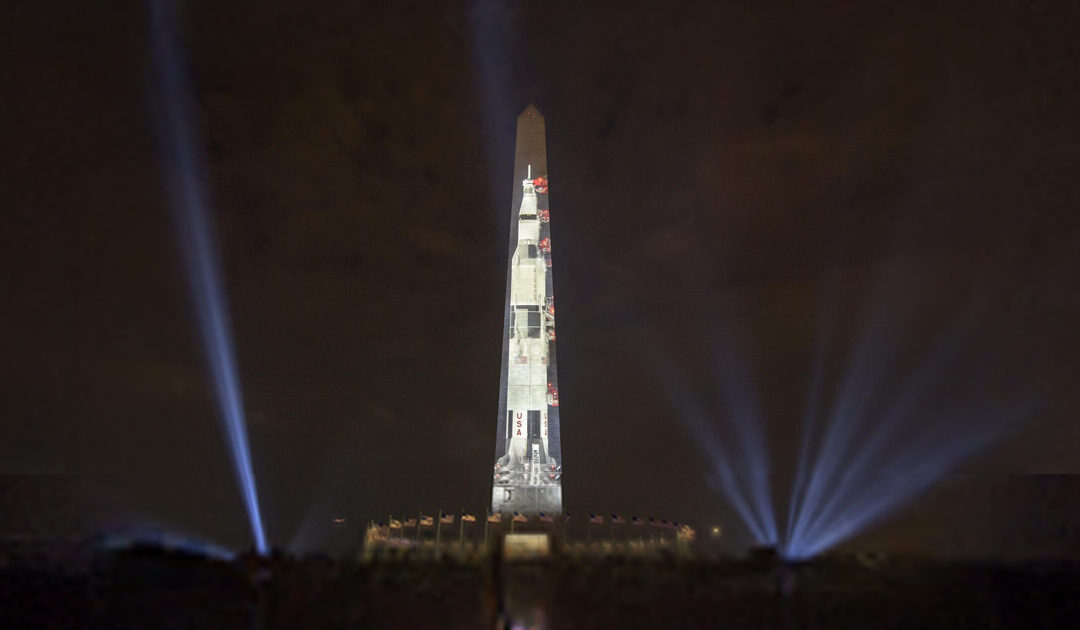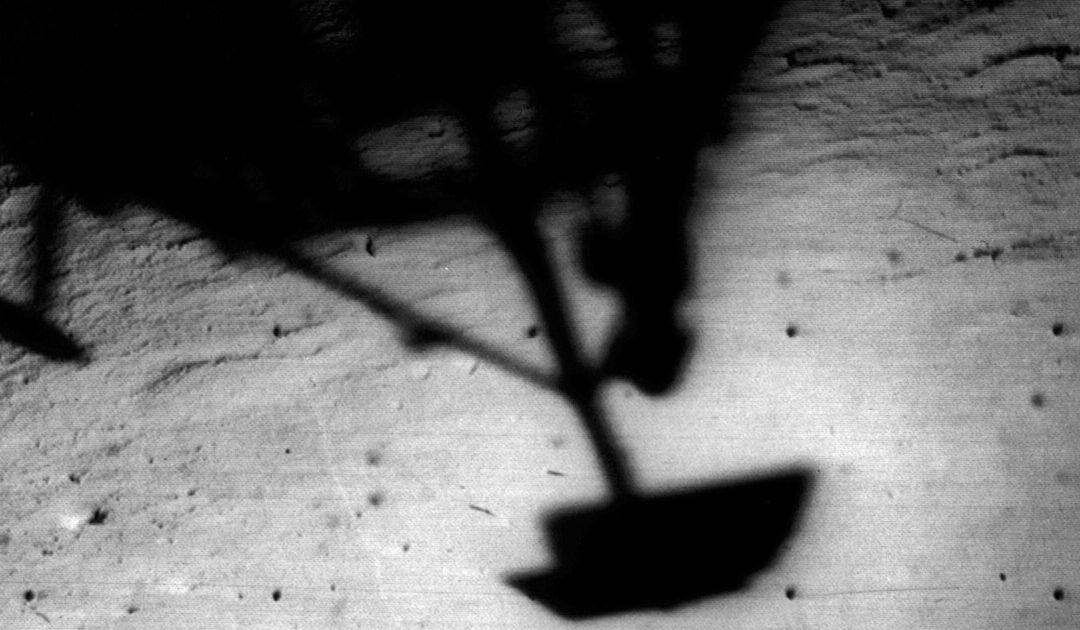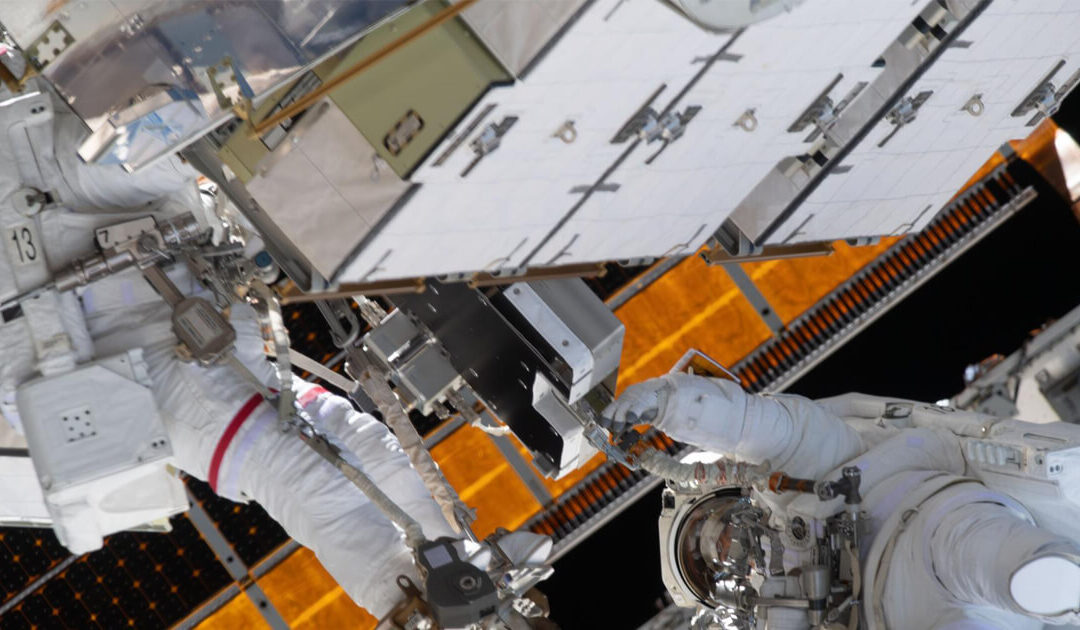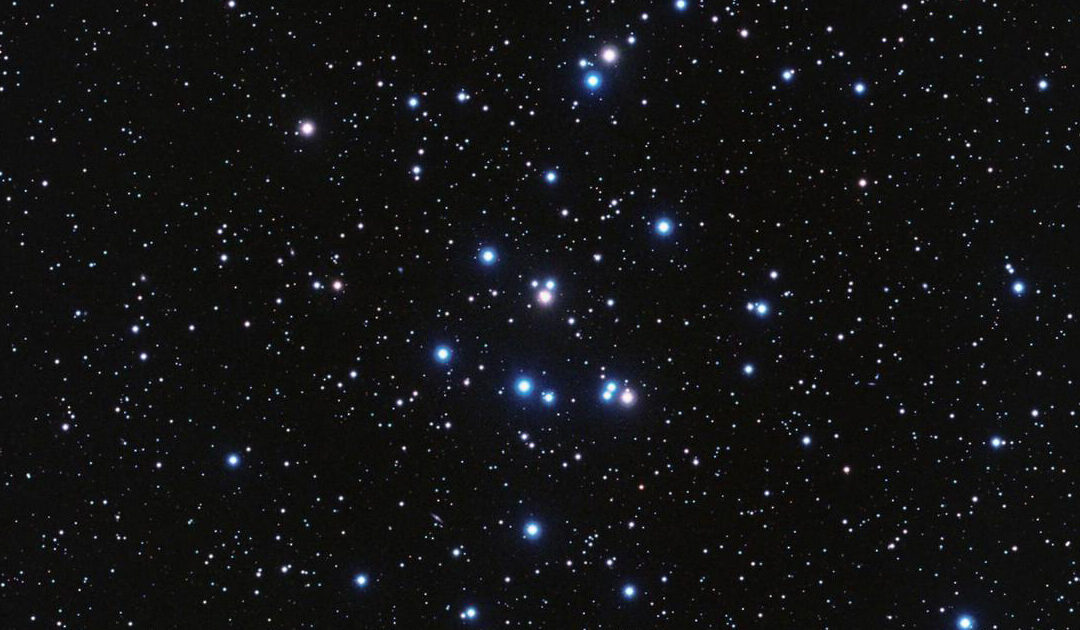Mars has been dimming from our skies, but its rusty hue is still distinctive to spot. On May 5, a night with a waning gibbous moon, Mars will be in a picturesque conjunction with the open star cluster M44.


Stargazing: Mars and M44 – Beehive Cluster – close approach May 5
April 29, 2025
Julie Silverman, Carnegie Science CenterMars has been dimming from our skies, but its rusty hue is still distinctive to spot. On May 5, a night with a waning gibbous moon, Mars will be in a picturesque conjunction with the open star cluster M44. Known as the Beehive Cluster, it’s one of the closest open clusters to Earth and beautiful to observe. The dazzling blue-white stars will sparkle in striking contrast to the reddish tint of Mars.
Open star clusters contain young, hot, bright stars that shine more brightly than our own sun and survive for a briefer time. Formed as a small collection of stars in the same cosmic gas cloud, the Beehive cluster coalesced when dinosaurs first roamed the earth. In few hundred million years, the stars will have fragmented their loose gravitational connection with each other to travel the cosmos solo.
In 2012, Astronomers discovered Jupiter sized planets in the Beehive Cluster. These gas giants orbiting sun-like stars were found to be super-hot due to their close quick orbits. As the first planets found in this environment of dense stars, Pr0101b and Pr0211b celebrated possibilities of a wider range of conditions to find planets.
To the unaided eye, the Beehive cluster will look like a misty smudge even in the darkest of skies. With binoculars, the brilliant collection will gleam as diamonds in the black velvet night.

Stargazing: Pittsburgh Goes to the Moon
This year celebrates the 56th anniversary of the first moon landing. On July 20, the world watched as Neil Armstrong and Buzz Aldrin stepped onto the surface of the moon. Home > Blog [sv...

Stargazing: Noctilucent Clouds
Summer is the season to spot rare and luminescent Noctilucent Clouds. From May to early August, these ethereal clouds show their best displays thirty minutes after sunset or before sunrise. Home > Blog [acf...

Stargazing: June 30 Asteroid Day – date of Siberian Tunguska Event; largest asteroid impact in recorded history
Pre-dawn hours of June 27 will bring peak opportunities to view June’s Bootid meteor shower. A thin crescent moon will enhance the chances of seeing meteors flash across the sky. Home > Blog ...

Stargazing: Solstice June 20– also, Moon-Saturn-Neptune close approach 5:45 a.m. June 18
Welcome summer! On Friday June 20 at 10:42 p.m. EDT, the sun will reach its northern-most point in the sky. Home > Blog Welcome...

Stargazing: Mercury spotting from June 12-29
Mercury watchers will have several chances to view this elusive planet over the next two weeks. Since Mercury is the closest planet to the Sun, there is a small window in which it is visible. Home > Blog [acf...

Stargazing: Surveyor 1 June 2 Moon landing 1966
On June 2, 1966, Surveyor 1 softly landed on the lunar surface, and NASA celebrated a significant success in the Space Race. Home > Blog ...

Stargazing: Ed White 1st American to walk in space/ISS’s first all-woman spacewalk
Sixty years ago, an American astronaut walked in space for the first time. At 3:45 pm on June 3, 1965, Ed White opened the hatch of the Gemini 4 mission and propelled himself into space. Home > Blog [acf...

Stargazing: ULA Vulcan Centaur: Sierra Space Dream Chaser
A spaceflight first is poised to take place in May. Sierra Space Corporation, the private Colorado-based company, has been developing a reusable “spaceplane.” Home > Blog [sv...

Stargazing: Leo the Lion still regal in the sky
Leo the Lion, the twelfth largest constellation, still regally rules the springtime heavens. It is easy to spot the distinctive backward question mark shape that creates the mane of Leo. A triangle of stars forms the hindquarters. Home > Blog [acf...

Stargazing: 100 years Planetariums/The beginning of Buhl to today
Pittsburgh's Carnegie Science Center holds the honor of hosting the fifth major Planetarium built in the United States. Home > Blog ...


